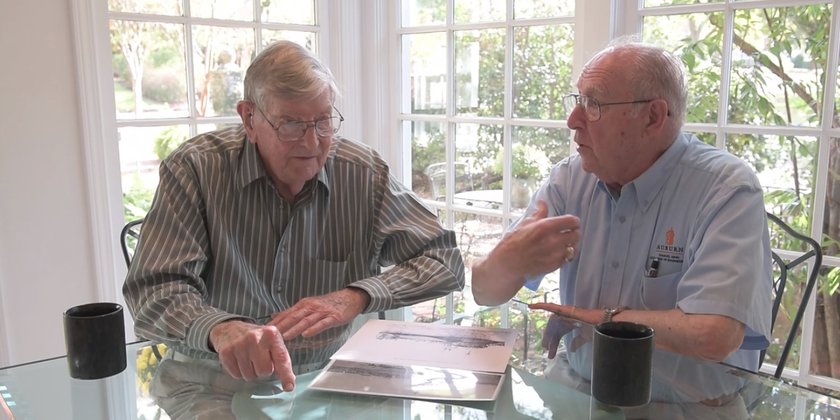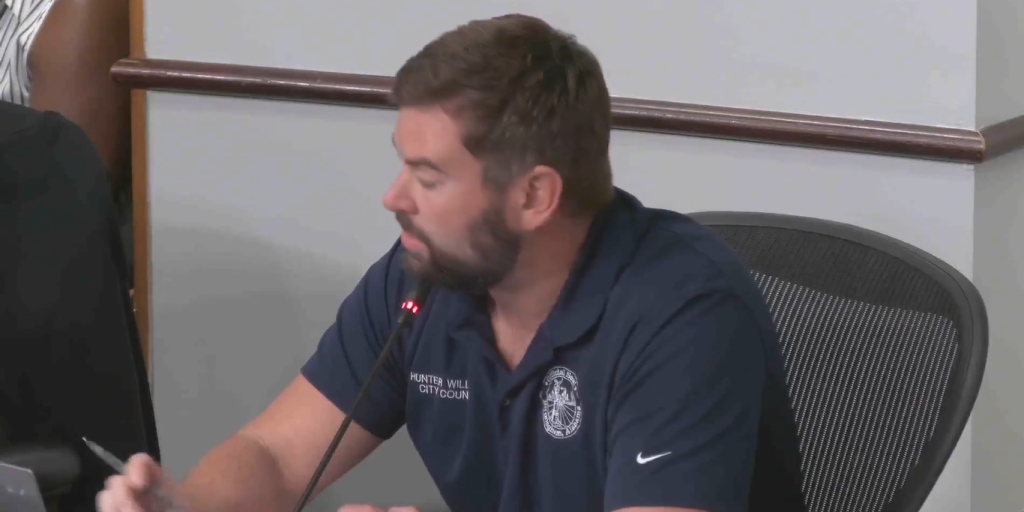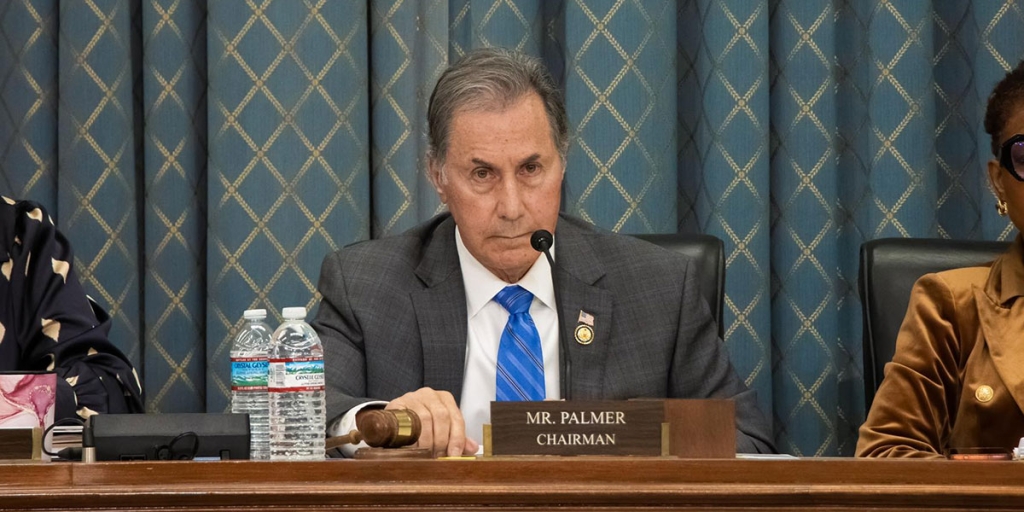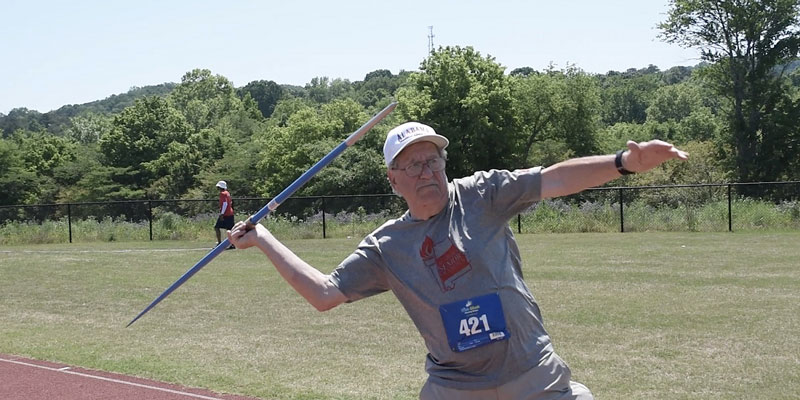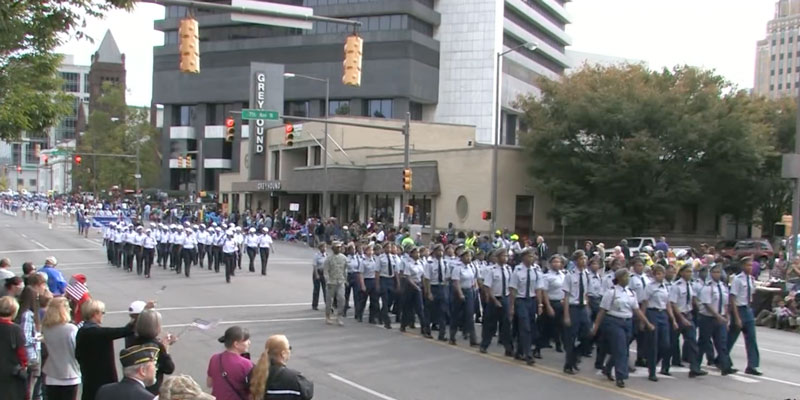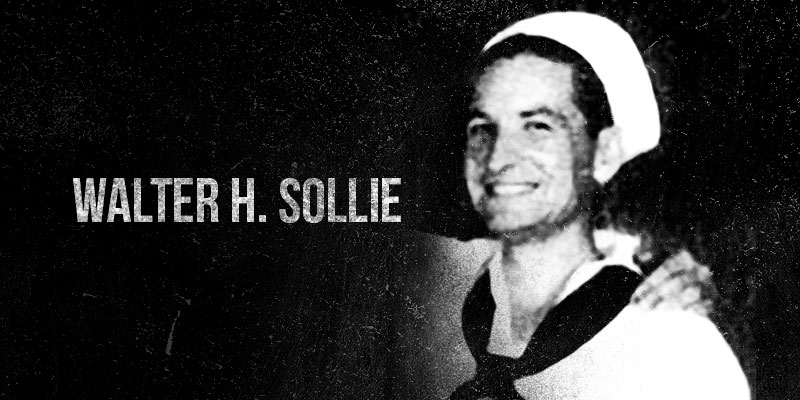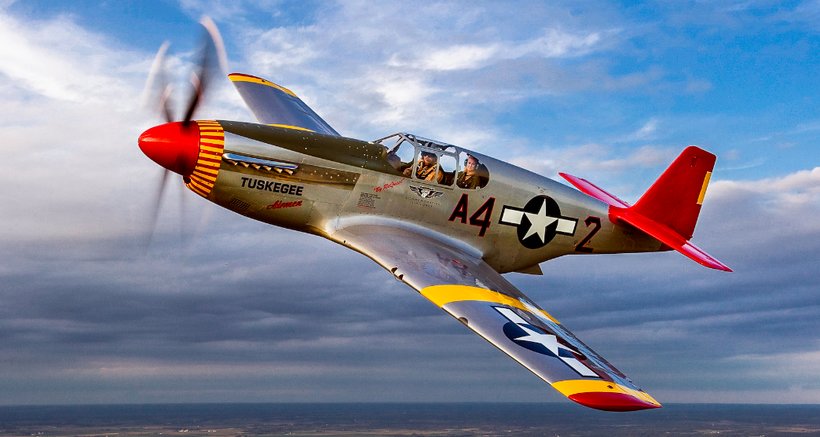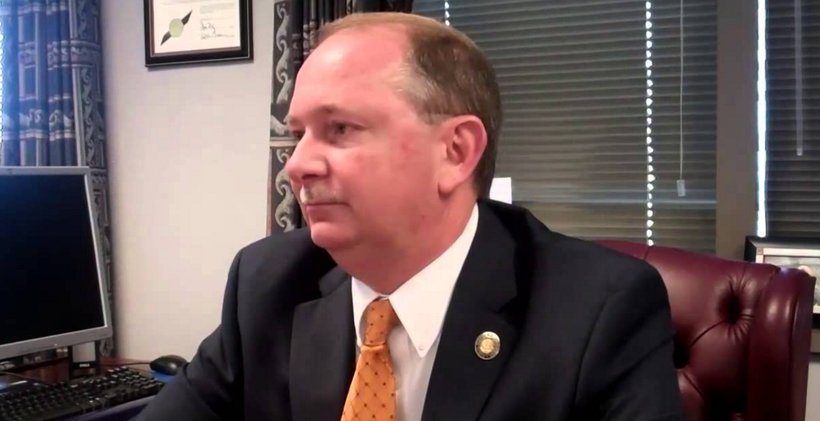(Video Above: World War II Alabama veterans formed lifelong friendship from Alabama NewsCenter.)
The Bible says “there is a friend that sticketh closer than a brother.” Those words ring true for Alabama Power retirees John Taylor and Buddy Alford, who met during World War II and forged a friendship that’s endured 70 years.
It was 1945, and the U.S. and its allies were in the throes of war with Japan. It cost 3 cents to mail a Christmas card, and Taylor was earning about 20 cents an hour at a Woolworth retail store. Three months before graduation from Gadsden High School, he had decided to serve in the military.
“I took the test to join the Air Force, but it turned out I was colorblind and they wouldn’t accept me,” Taylor said. At 17 years old, he pressed his mother to sign papers allowing him to join the Navy, then drove to the recruiting office.
“I just kind of slipped through,” he said, with a chuckle. “They didn’t realize I was colorblind until three months later, when I got to naval boot camp.”
Alford also felt driven to serve. He enlisted in the Navy as a 17-year-old senior at Phillips High School in Birmingham. But Alford wasn’t called to serve until he was 18, during his freshman year at Auburn University.
Meeting for the first time at Great Lakes Naval Station in Waukegan, Ill., in May 1945, the Alabama boys felt an immediate kinship during boot camp.
“We were in the same platoon, the same company,” said Alford, a platoon leader. “There was a lot of camaraderie there. We got to be pretty good friends.”
They received intensive training as seamen. Facing months at sea, Alford and Taylor took swimming lessons, learned to shoot antiaircraft guns and spent hours on the rifle range. Six weeks later, the fast friends were split up. Alford was sent to Camp Shoemaker in California to serve on a destroyer, while Taylor went to the West Coast for training in amphibious landings.
Taylor was a seaman on the USS Catskill, a vehicle landing ship, where the work was nonstop.
“We had target practice, and we kept the ship clean,” he said. “Whatever the chief bosun mate told us to do, we did. I think it afforded me the opportunity to mature. When you come out of high school at 17 or 18, you’re not mature.
“We went all over the South Pacific,” added Taylor, who was among 450 men whose work was key to strategic operations of the U.S. Pacific Fleet and the Marine Corps. Catskill gunners shot down Japanese aircraft. “We traveled to Pearl Harbor, New Guinea, the Gilbert and Marshall Islands, and the Philippines. We were continuously moving out to sea and returning to beachhead areas to complete our loading of U.S. Marines and cargo.”
The only time Taylor got seasick was when the ship was in dry dock in San Diego, as the crewmen cleaned the ship’s hull, readying it for decommissioning.
Alford shipped out on the USS Joseph E. Connolly, whose primary mission was to escort and protect Pacific Fleet ships in convoy. There were 250 men onboard the destroyer, which arrived at Pearl Harbor for intensive training. In July, the Connolly steamed to the Philippines to serve during the final days of war in the Pacific theater.
“I enjoyed being on the high seas, with no land in sight,” Alford said. “It was a perfect time for me. I was a teenager with no responsibilities. We’d climb a palm tree and eat a coconut. We got to see so much, it was a different lifestyle there. I really enjoyed my tour of duty.”
The Connolly reached the Philippines about a month after the atomic bomb was dropped on Hiroshima Aug. 6, 1945. Alford said everyone on the ship knew the war would soon be over.
“We were elated because we knew we’d be decommissioning the ships,” Alford said. “Later on, my ship was in Guam, and I flew on a seaplane to Tokyo. I will never forget the destruction I saw as I flew over Nagasaki and Hiroshima.”
Alford’s military service continued through the Connolly’s decommissioning. Taylor and Alford were honorably discharged at different times at the Naval Air Station Joint Reserve Base in New
Orleans, then returned home to Alabama.
Alford returned to Auburn University in September 1946, graduating in 1949 with a bachelor’s degree in electrical engineering. At 23, Taylor started at Auburn University on the GI Bill as a co-op student before graduating in 1953 with a bachelor’s degree in electrical engineering.
Both men got jobs at Alabama Power – unaware the other worked for the company – with Taylor in Eastern Division and Alford at the General Office Building. When they eventually met up, each was thrilled to know the other survived WWII.
“We were so excited to see each other,” Alford said. Both men excelled in their careers in the Power Delivery Department, and quickly rose through the ranks. At retirement in 1988, Taylor was Birmingham Division Engineering Operations manager and Alford was Design Services manager.
Nearly 30 years after retirement, their tight bond remains. Taylor and Alford occasionally have lunch in Crestline Village in Birmingham, where they enjoy discussing their families, the old days at Alabama Power and memories of their military service.
“If we don’t talk on the phone, we email each other every few days to keep up,” Alford said. “It’s very rare, I think, to have a friendship that lasts a lifetime. After so many years, it’s amazing that we still have things to talk about.”




